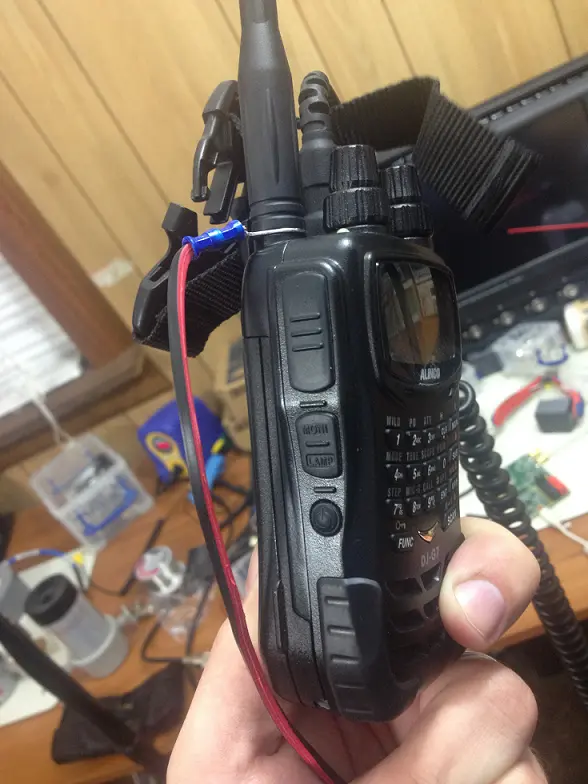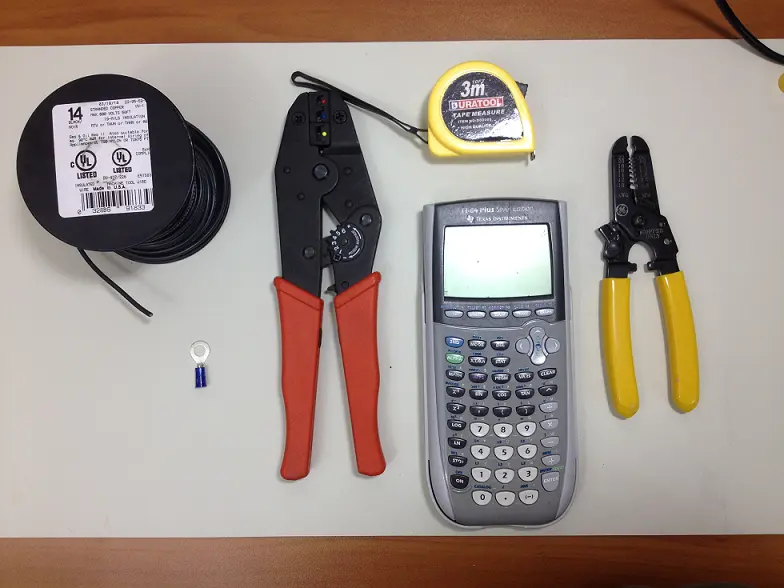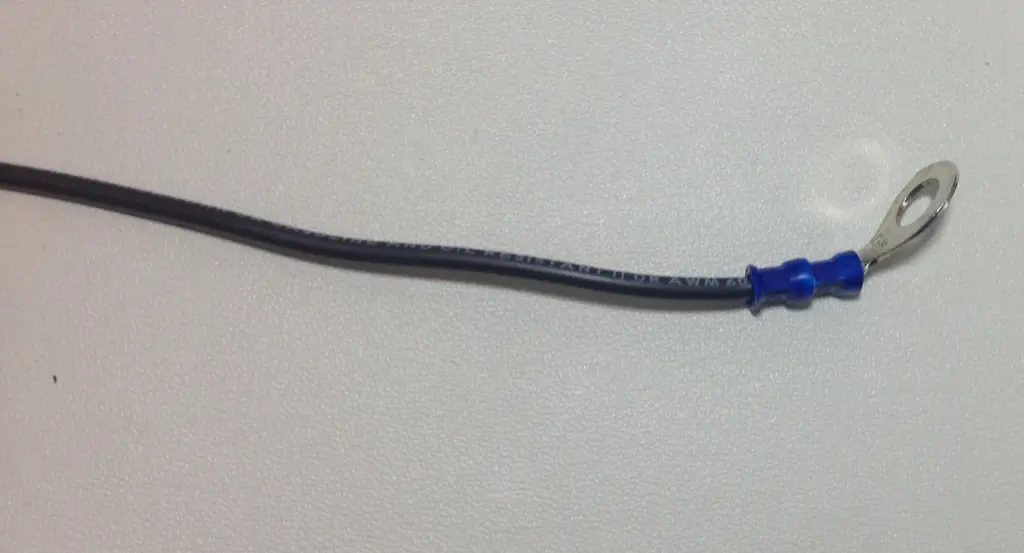For less than $1 in material, you can significantly increase the receive and transmit performance of pretty much any handheld radio. Not just amateur radio, but practically any radio out there, including WiFi routers. The following picture shows a Tiger Tail for a 2m band HT.

Tiger Tail installed on an Alinco DJ-G7
So if all you need is a bit of wire and a ring terminal, then why bother to write a lengthy article? Well, there are a few caveats and tricks with a Tiger Tail. For instance, some math needs to be done to get the exact wire length just right. Most articles about the Tiger Tail just mention fixed numbers and completely disregard that the amateur radio bands are not the same around the world. They also neglect commercial and low-power (Part 15) applications. And to my surprise, many articles do not even bother to mention that a Tiger Tail is a tuned element. A Tiger Tail that may work perfectly on VHF, may perform pretty bad on UHF. So let’s get started!
The following shows all the tools you will need in some form or another:

Tools needed to make a Tiger Tail for your HT
You’ll need a ring-terminal appropriate for your wire diameter, some wire (14 AWG / 1.6 mm), wire strippers, a crimping tool and quite possibly a calculator.
Like I said above, the Tiger Tail is a tuned element and needs to be calculated for the specific frequency range of interest. Since I favor metric over imperial units, let’s start with the formula to use if you like metric:
![]()
Length = length of Tiger Tail in cm
f = frequency in MHz
What this formula does is calculate a quarter wavelength for the given frequency + 5%. The same formula rearranged for imperial looks like this:
If you would like to calculate the length in inches, simply divide the result by 2.54. Or use the following formula instead:
![]()
Lenn(in) = length of Tiger Tail in inches
f = frequency in MHz
Remember that this Tiger Tail works for a single band ONLY. But there’s a pretty easy trick: if you would like to cover more than one band, like 2m and 70cm at the same time, simply calculate a Tiger Tail for each band individually and connect them to the radio at the same time.
So after you calculate the correct length, simply crimp a ring-terminal on the wire and — just for good luck — isolate the other end with a piece of heatshrink tubing. That’s it, no black magic at all. And this is what the final result should look like:

Ring-terminal crimped onto the end of the wire
And in case you don’t like to read and you’d like to see some of the math being done for you, here’s a video I made on the same topic. The video also contains a cross-check of the math using a spectrum analyzer:
Westerhold, S. (2014), "Tiger / Rat Tail for Handheld Radios". Baltic Lab High Frequency Projects Blog. ISSN (Online): 2751-8140., https://baltic-lab.com/2014/06/tiger-rat-tail-for-handheld-radios/, (accessed: December 26, 2025).
- Conducted Emissions on the Bench: Implementing the CISPR 25 Voltage Method - December 15, 2025
- WebP-Images without Plugin - January 14, 2025
- Firewall Rules with (dynamic) DNS Hostname - January 14, 2025
TSellers
If you were to calculate this for a 5/8 wave antenna, how would that affect your formula above?
Dave
S: I love your article and how well you explained everything. Thank you!
I’m relatively new to 2m/70cm HT HAM. So, I’m mystified by one item and hoping you or someone else can enlighten me further. Your formula for the length of the tiger tail includes adding 5% to the length. Why the extra 5%?
I’ve calculated the 1/4 wavelengths for the top, bottom and average of the 2 meter band for phone traffic. I, too, prefer to use the metric system for these measurements, and I get an average for the 2 meter band phone traffic of 51.2cm. The top of the phone band is 50.7cm and the bottom is 51.9cm. Adding 5% to the average (51.2cm x 1.05 = 53.76cm) which is outside the entire 2 meter band phone traffic frequencies.
So, like I said, I’m mystified about the 5% extra on the 1/4 wave length tiger tail.
Thanks again for sharing. Your post on this is the best I’ve seen.